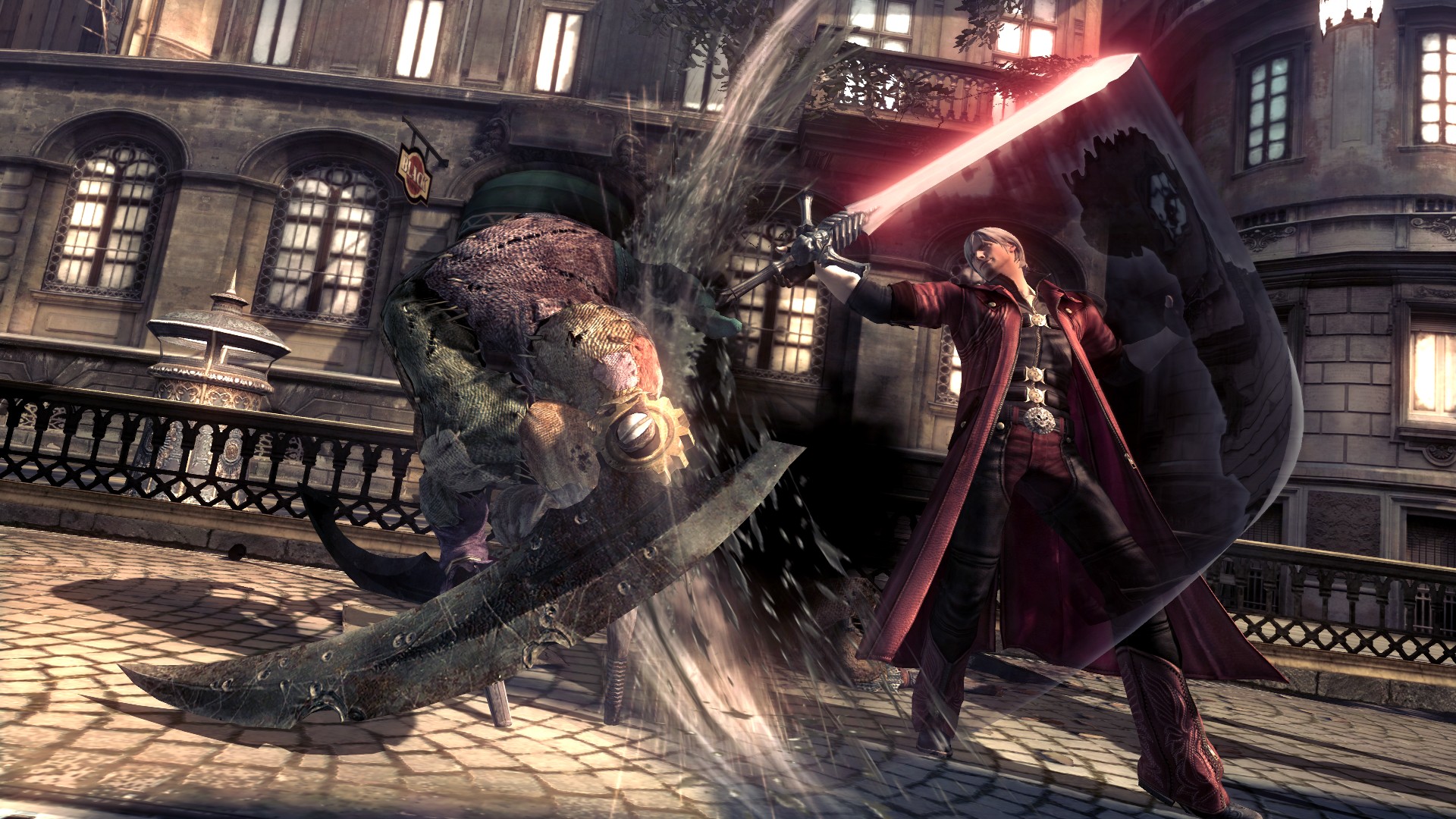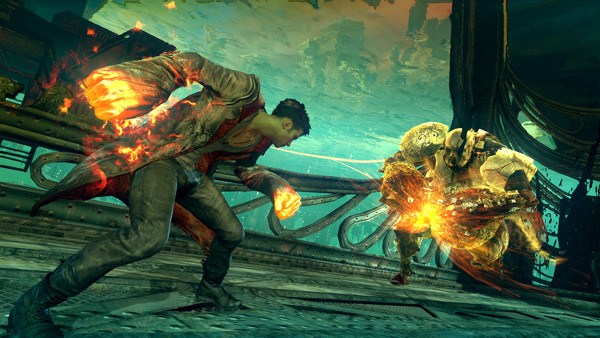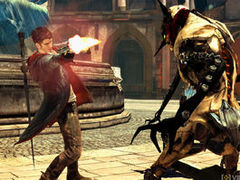

Switching the theme from science fiction to demonic invasion gave Team Little Devils all the freedom it needed to make the most ambitious action game to date, and in 2001 we saw the fruits of their labor. Thankfully, this did not kill the project, it was merely rebranded into a new IP.

#Dmc devil may cry initial release date series#
It was also a slower-paced survival horror series (yeah, it took quite a detour for a while), not the place for a protagonist to rapid fire infinite ammo dual pistols while slashing through demons with an electric sword. After all, Resident Evil is science fiction, there are limits to what enemies and characters can do. Shinji Mikami eventually stepped in, saying that the game was too much of a departure from the series. Kamiya wanted to make the protagonist of Resident Evil 4 more “heroic” and placed a stronger emphasis on action than the previous games. In the late 90s, Hideki Kamiya was in charge of making Resident Evil 4 for the PlayStation 2, but it spiraled beyond the scope of the series. Like roughly half of Capcom’s sixth generation games, Devil May Cry started out its life as Resident Evil 4. Release Dates: August 23rd, 2001 (JPN), October 16th, 2001 (NA), December 7th, 2001 (EU) History We’ll be seeing some similar thoughts from Dari, who also managed to recently plow through the first four games in the series. While I’m not as much of a long-time fan of DMC as KI, I did recently play through every game in the series to prepare for DMC5. Professor Icepick here, just letting you know that despite the fact that I’ve passed the baton on retrospectives to KI this time, I’ll still be chiming in with my own thoughts on the series. So grab your pizza, get interrupted while eating it, and let’s rock, baby! I’ve been with the series since the beginning and love the genre that it codified, so in honor of the long-awaited Devil May Cry 5, I’m going to do my first formal retrospective on the DMC series.


And the game that caused all this was, of course, Devil May Cry. The “character action game” genre (or that’s what I’m going to call it anyway, there was never a truly universal consensus on the name) was born, and the super-genre of action games would never be the same. A game that showed the beat-em-up wasn’t in a coffin, but a cocoon about to burst open and reveal a new genre that took the concept farther than any could have imagined a decade earlier. Then, in Fall 2001 (at least in the West), a game was released that changed everything. The genre seemed destined to vanish, it didn’t even have the type of hardcore niche community that shmups had and have. There were a few attempts to make 3D beat-em-ups (Perfect Weapon, Fighting Force, Die Hard Arcade) but they did not catch on and for the most part were considered very low quality. Enjoying a lot of popularity in the late 80s and early 90s, the melee combat focused genre practically vanished during late 90s. One genre that certainly did not have success was the beat-em-up. Over the past five or six years, games of all genres have made the leap to 3D, some more successfully than others. The year is 2001, we’re wrapping up the first generation dominated by 3D games and ushering in the second.


 0 kommentar(er)
0 kommentar(er)
